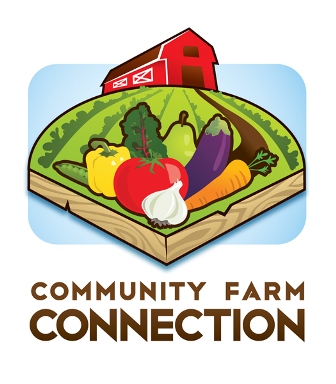 One of the main goals of the season was to inform the public about Community Harvest's successful gleaning projects. But in terms of recruiting volunteers to participate, the project has some improvements to make.
One of the main goals of the season was to inform the public about Community Harvest's successful gleaning projects. But in terms of recruiting volunteers to participate, the project has some improvements to make.
Challenges
1. New project: people were a little hesitant to get on board.
2. Gleans were inconsistent and sporadic.
3. Little notice was given as to when a glean was going to happen.
4. The distance required to get to some of the gleans was further than people wanted or were able to travel.
5. The gleans were often too big of a job for the small turnout of volunteers, which overwhelmed volunteers, them feel inadequate and unsuccessful in their gleaning.
Solutions
1. Use successes of previous years in advertising the following years, stressing the need for more people to get involved, challenge folks glean more than previosuly.
2. Work to establish regular gleaning days even if these events are not specifically gleaning but another food or garden event.
3. Collaborate with existing donors to schedule gleans in advance, which helps in organizing larger groups (high schoolers, businesses, etc.). Use calendars with event reminders, referring to past events and gleans as guidelines on when and who to call.
4. Establish more localized recruiting and ownership of the gleaning project such as in the Chelan example.
5. Carefully match the number of volunteers with the size of the glean so as not to overwhelm volunteers or disappoint donors.
Chelan Case Study
In Chelan, Community Harvest had the opportunity to regularly glean from a farm for whole 2012 growing season. These gleans were successful because of the dedication of the Chelan Food Bank volunteer coordinator. The Community Harvest Gleaning Coordinator’s office is in Wenatchee, about 45 minutes away from Chelan, making the involvement of people from Chelan imperative to the success of this project. Every week Community Harvest met at the same time, same place and worked for two hours. In keeping the gleans consistent and regular, volunteers knew what to expect, making it easier to recruit new volunteers from the community. This model of localized recruitment helps to ensure the long-term success and sustainability of a gleaning project, particularly when the target area is so large.

 One of the main goals of the season was to inform the public about Community Harvest's successful gleaning projects. But in terms of recruiting volunteers to participate, the project has some improvements to make.
One of the main goals of the season was to inform the public about Community Harvest's successful gleaning projects. But in terms of recruiting volunteers to participate, the project has some improvements to make. 